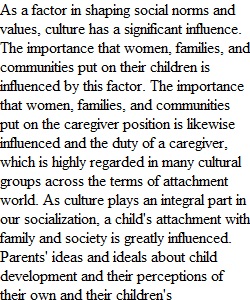


Q The writing assignment this week is the second part of the Week 4 Review activity. You have received your randomized essay question as the final part of your Week 4 Review Part 1: Objective Questions activity. You will copy and paste this prompt into a Word document and write a short essay that addresses the prompt. The prompts will be associated with real-life scenarios; however you will use your Study Guide to prepare. This portion of your Week 4 Review cannot be retaken as you were able to retake the Part 1: Objective Questions. The essay question will be graded by the instructor and not automatically. Feedback will be given so you can improve your performance throughout the course. Your essay • Must be two to three double-spaced pages in length (not including the reference page) and formatted according to APA style as outlined in the Writing Center Links to an external site.’s APA Style Links to an external site.resource. • No title page is required. • Must utilize academic voice. See the Academic Voice Links to an external site.resource for additional guidance. • Must begin with an introductory paragraph that has a distinct thesis statement. o A thesis statement is required because it is important to tell your reader what you are going to inform them about. It should clearly state the topic and the stance you are taking about this topic. This can also help you to make sure you stay on topic within your paper. o Not sure how to write a clear thesis? Try using the Writing Center’s Thesis Generator Links to an external site.or Writing a Thesis Statement Links to an external site.resource. • Must end with a conclusion that summarizes your thought. o Tell your reader why or how you have proven your position on the topic. o For assistance on writing Introductions & Conclusions Links to an external site., refer to the Writing Center. • Must address the topic of the essay with critical thought. • Must use at least one scholarly source in addition to your required course text, citing also within the body of writing as support for your stance. o The Scholarly, Peer-Reviewed, and Other Credible Sources Links to an external site.table offers additional guidance on appropriate source types. If you have questions about whether a specific source is appropriate for this assignment, please contact your instructor. Your instructor has the final say about the appropriateness of a specific source for a particular assignment. • Must document, in APA style, any information used from sources with citations and as a list of references, at the end of the essay. See the Formatting Your References List Links to an external site.resource in the Writing Center for specifications. Review the Writing Center’s Grammarly Links to an external site.page before you submit your essay; set up a Grammarly account (if you have not already done so), and use Grammarly to review a rough draft of your assignment. Then, carefully review all issues identified by Grammarly and revise your work as needed. Carefully review the Grading Rubric Links to an external site.for the criteria that will be used to evaluate your assignment.
View Related Questions